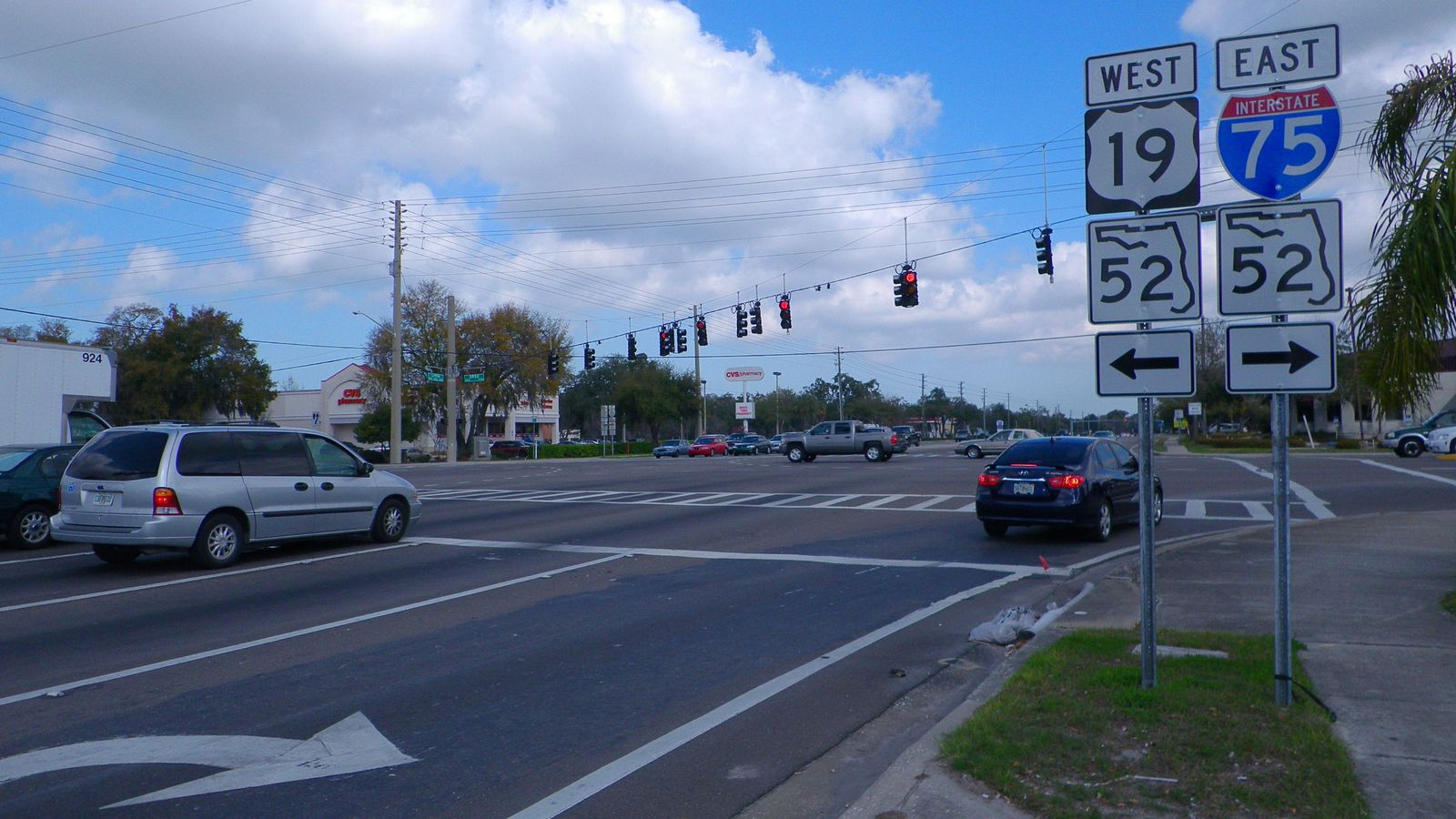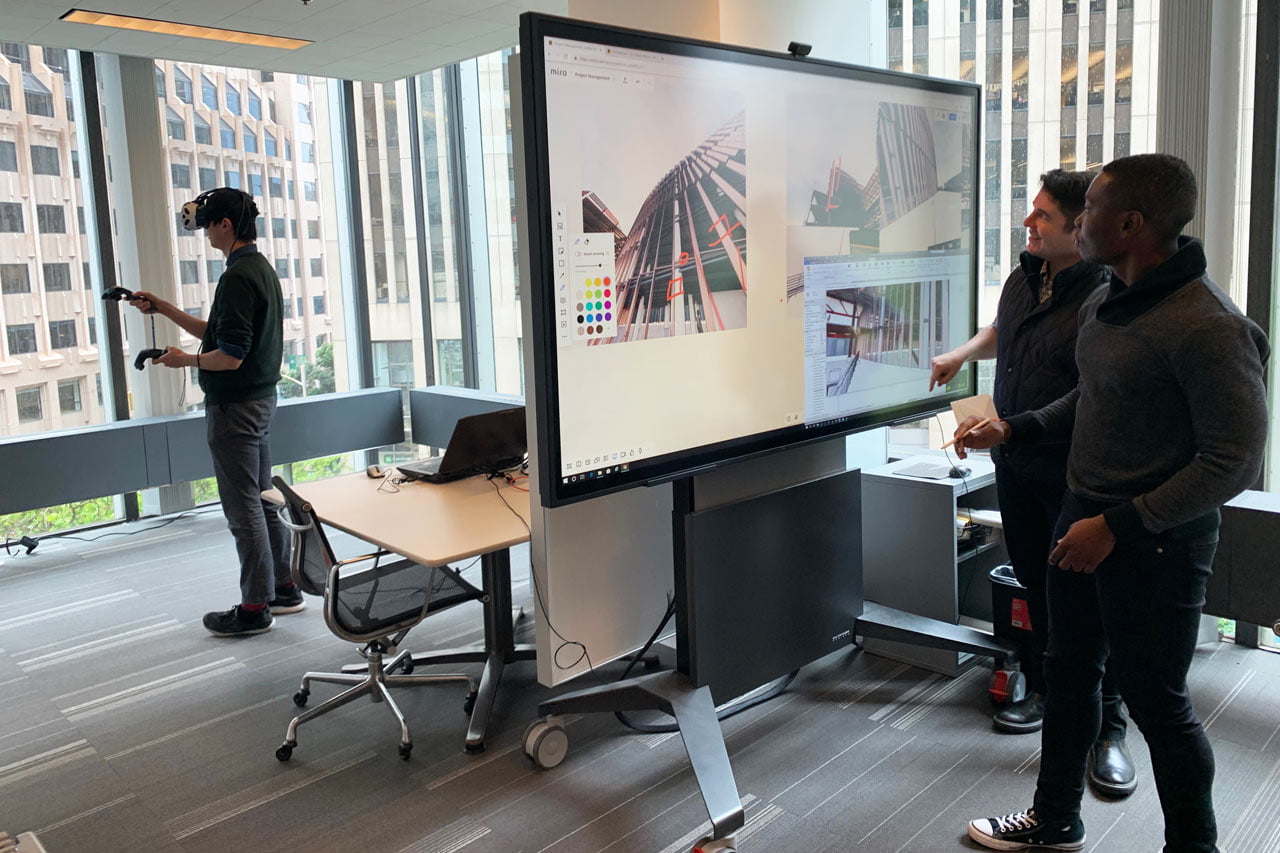

Zabree Calderon is an 8-year old girl who likes doing the typical things any 8-year old kid does, like picking on her brother. But Zabree is no typical 8-year old. Her speech is impaired. Each step she takes when she walks is its own challenge. A nurse is by Zabree’s side half the day providing her care she needs since being hit by a car two years ago.
“A driver hit me,” Zabree explained. “I saw my mama and daddy and I didn’t wait for the car to go by. I just went walking without looking both ways and the car hit me.”
Zabree was waiting for the school bus at 12th and Angelina Streets when she saw her adoptive parents. She crossed the street, ignoring the traffic. A driver didn’t see her in time to stop. Her mother claims the driver was on the phone and didn’t stop for the bus. She tried yelling for Zabree to stop. But it was too late. The impact from the car threw Zabree 15 feet.
“I was shocked. I was shocked when it happened,” said Rosa Calderon, Zabree’s adoptive mother. “They rushed her to the hospital but she was completely dead.”
Or so she thought. Zabree was alive but spent four months in a coma. She finally woke, but to a strange new world. A world she sometimes still forgets.
“She forgets who she is, what she’s doing,” Rosa explained. Rosa also struggles with Zabree sometimes forgetting she is her mother.
Zabree had a tracheotomy while in the hospital and still has trouble breathing. She also requires a feeding tube. She sleeps on a hospital bed. A vast inventory of medical supplies fill her room instead of toys.
Zabree is just one person behind the statistics that startled Austin’s Pedestrian Coordinator, Joel Meyer when he first came to work for the Austin Transportation Department. He says he also noticed that much of Austin’s growth and development has come in areas where old streets and highways weren’t built with pedestrians in mind.
“We want to make sure that as the city grows we want to make sure that all of these different roadway types are being addressed,” said Meyer.
Austin city leaders admit to the KVUE Defenders poor planning going back decades still puts Austinites’ safety on our streets at risk today.
The KVUE Defenders crunched the numbers using auto-pedestrian crash data obtained from the Austin Police Department and the Texas Department of Transportation. We found 2,442 pedestrian involved car crashes since 2012. Pedestrians were injured in 1,671 of those crashes and 138 have been fatal.
Each year, city leaders promised change but the numbers keep rising.
A recent national study ranks Austin higher for pedestrian danger than larger cities like Los Angeles, Chicago, and Philadelphia.
These crashes change the lives of everyone involved, the pedestrians, the drivers, and their families. City officials admit it’s not just careless pedestrians and inattentive drivers causing the problems. It’s a pedestrian infrastructure that’s dangerous by design.
“I was very concerned when I moved here when I saw the amount of pedestrians that were getting hit on the roads,” said Meyer.
Meyer is tasked with fixing Austin’s pedestrian infrastructure. It’s now his job to help prevent more auto-pedestrian crashes like the one that left Zabree permanently disabled. The KVUE Defenders asked Meyer what the city is doing to prevent more people from becoming part of the statistics.
“(We’re) really looking at traffic safety holistically…looking at strategies the city can do from an engineering standpoint, from an education standpoint, from an enforcement standpoint to really look at all the different factors,” he explained.
The KVUE Defenders also analyzed the last five years’ worth of auto-pedestrian crash data to find the most dangerous stretches of road for pedestrians in Austin.
The data show North Lamar between U.S. 183 and Braker Lane has had 75 pedestrian-involved crashes. Riverside Drive east of Interstate 35 has had 51. South Congress Avenue between Oltorf Street and William Cannon Drive has had 44. And there have been 41 on or along North I-35 between U.S. 183 and Parmer Lane. These areas are mostly in poor parts of the city with a large number of minority residents. Joel Meyer says that’s no coincidence.
“Minority populations, non-English speaking populations are really disproportionately affected by pedestrian crashes,” said Meyer.
After the city recently studied the issue, the demographics of the victims and the areas where most auto-pedestrian crashes occur caught Meyer’s attention. But why is the safety of minorities in these parts of the city at greater risk than others?
“A lot of it has to do with just historical underinvestment in those communities. So lack of sidewalks, lack of safe crossing opportunities,” said Meyer.
But perhaps the most perplexing of all is the 147 pedestrian-related crashes on I-35 and its frontage roads across Austin. The fact that people try to cross six lanes of the busy interstate baffles police.
“It happens every day. It happens every single day,” said Austin Police Detective Patrick Oborski. “You think you can judge a car that’s going 65 mph but those cars get on you that quick and there’s no way you can take any kind of evasive action as a driver.”
THE DRIVERS
Mekyala Manning can confirm what Detective Oborski said. In August, a woman tried to cross in front of her while she was driving home from work on north I-35. She said she had no time to react.
“I did see something b-line across and I hit it,” Manning told the Defenders. “And I was like…’What is that? A person? What’s going on?’” she continued. “There is that feeling in my stomach…that little pit feeling that I hit somebody and they’re not going to be able to recover.”
Mekyala said she endures the guilt of not being able to avoid the pedestrian. She questions her own actions that night and wonders – what if she just went straight home from work? What if she didn’t stop for gas? What if she wasn’t driving in the left lane? What if…
“This was a person. And for all I know, a good person,” Mekyala said through tears. “You feel like it is all your fault even though it’s not your fault.”
Mekyala says she couldn’t drive her normal route home for weeks. Even now, three months later she says she drives slowly in the far right lane.
“I am still partially scared that somebody else might decide to be daring,” said Mekyala.
It was indeed daring of 25-year old Kenyae Dixon, listed as a transient on the accident report, to attempt crossing the interstate that night, especially because a crosswalk at U.S. 183 was only a half-mile walk away.
“There’s absolutely no reason why anybody should have to cross a highway,” said Detective Oborski. “It may be a few minutes longer to walk but it could possibly save your life.”
But it’s not always as simple as finding crosswalk or bridge for pedestrians to get across roads in Austin. There are more than 2,500 miles of Austin roads that still need sidewalks.
For example – on I-35 between Parmer Lane and Braker Lane – there is a short section of sidewalk on the southbound access road. But there are no sidewalks anywhere along the northbound access road along that stretch.
There are extended sections of North Lamar and South Congress with no sidewalks on either side.
Soon, the city says new ordinances from Code Next will require sidewalks with all new commercial and residential developments. Developers must also upgrade old, debilitated sidewalks. The city will also be adding sidewalks and more pedestrian crosswalks between intersections in parts of town with heavy foot-traffic. Meyer says the city is also working with the Texas Department of Transportation to provide safe crossings for pedestrians with plans to reconstruct IH35 in the near future.
THE TAKEAWAY
Meanwhile, Detective Orboski reminds us – “There are several factors we’re looking at. Obviously driver inattention is one of those things but what we’re seeing in most of these auto-pedestrian accidents it’s actually most of the pedestrians are actually the ones at fault. Its just people making bad decisions, over and over again,” the detective stressed. “Most of these are preventable.”
And that’s something Zabree Calderon now realizes. But as far as Zabree has left to go she has come a long way. The 8-year-old offers some grown up advice for all of us to follow:
“Make sure you look both ways before you get hit,” said Zabree.
And what does she have to say for drivers?
“Can you stop? Because I’m trying to cross,” said Zabree.
Grown-up advice from an 8-year-old with experience.
source:-.kvue.





